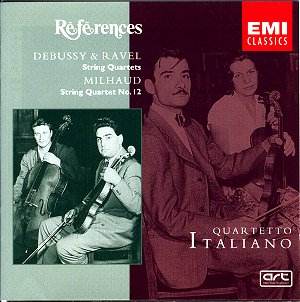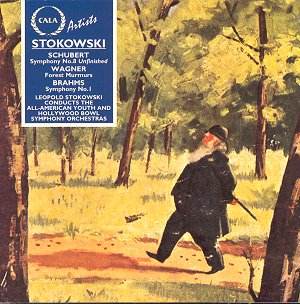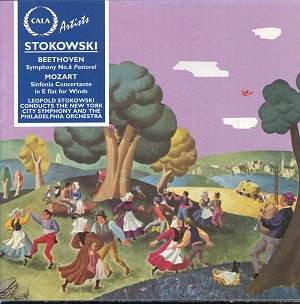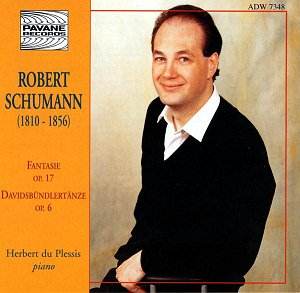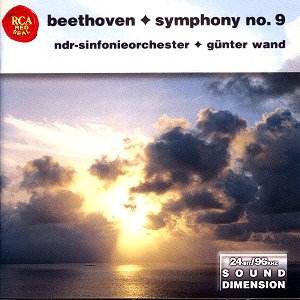 Composer: Ludwig van Beethoven
Composer: Ludwig van Beethoven
Works: Symphony No. 9 in D minor, Opus 125 ‘Choral’
Performers: Edith Wiens (soprano), Hildegard Hartwig (mezzo soprano), Keith Lewis (tenor), Roland Hermann (bass), NDR Symphony Orchestra, Günter Wand (conductor)
Recording: Recorded in 1987
Label: RCA
Beethoven’s Ninth Symphony, composed between 1822 and 1824, stands as a monumental pillar in the symphonic repertoire, embodying the transition from the Classical to the Romantic era. Renowned for its choral finale, which sets Friedrich Schiller’s “Ode to Joy” to music, this symphony not only reflects Beethoven’s personal struggles and triumphs but also resonates with universal themes of brotherhood and joy. Günter Wand’s recording, originally issued by Deutsche Harmonia Mundi in 1987 and recently re-released by RCA, captures both the grandeur and the intricacies of this vast work, offering listeners a vibrant interpretation that remains deeply engaging.
The performance is infused with a palpable vitality, characteristic of Wand’s approach to the German repertoire. The NDR Symphony Orchestra, a seasoned ensemble under Wand’s direction, showcases a commendable technical prowess that is particularly evident in the symphony’s opening movement. The assertive strings and brass create a formidable presence, with the swift tempo at the outset generating an intensity that propels the music forward with urgency. The phrasing throughout this movement is executed with clarity and expressive depth, ensuring that even the most intricate counterpoint remains accessible. Wand’s adept handling of dynamics, especially the transition from the darkness of the opening to the resplendent energy of the Allegro, reflects a keen understanding of Beethoven’s dramatic architecture.
The second movement, marked Scherzo, further exemplifies this spirited interpretation. Here, the orchestra navigates the intricate rhythms with remarkable agility, capturing both the buoyancy and the underlying tension. Wand’s decision to maintain a brisk pace enhances the movement’s exhilarating character, while the contrasting Trio section allows for a moment of respite, underscoring the movement’s dichotomy. This careful balance of musical energy contributes to a cohesive narrative, striking a fine line between exuberance and introspection.
Wand’s interpretation reaches a poignant height in the slow movement, where the Andante moderato unfolds with a limpid fluency that brings forth a profound sense of gravitas. The orchestral interplay here is particularly noteworthy; the strings’ lyrical lines are beautifully complemented by the woodwinds, creating an atmosphere of reflective serenity. The emotional weight of the secondary theme, which Beethoven imbues with a special pathos, emerges with striking clarity, eliciting the kind of emotional response that Sir George Grove famously noted. This moment encapsulates the essence of Beethoven’s genius, where simplicity transcends complexity.
The finale, while universally celebrated for its choral setting, presents some interpretative challenges. Wand’s reading, though fundamentally convincing, falls slightly short of the sweeping momentum that one might expect from this climactic conclusion. The soloists—Wiens, Hartwig, Lewis, and Hermann—perform competently, yet the chorus lacks the presence and earthiness that could elevate this movement. The recording’s engineering contributes to this perception; the chorus feels somewhat distant in the mix, diminishing the impact of the collective voice. Furthermore, the performance does not quite capture the exhilarating drive that characterizes the best renditions of the “Ode to Joy.” Despite these reservations, the finale remains a compelling culmination of the symphony’s themes, executed with a sense of earnestness that resonates.
Wand’s recording, while exhibiting minor shortcomings in the final movement, offers a vibrant and thoughtful interpretation of Beethoven’s Ninth Symphony. The technical execution and the orchestral balances are largely exceptional, marking this performance as a significant contribution to the symphonic legacy. The accompanying booklet, though lacking in texts and translations, provides useful context for the work, reflecting the depth of Beethoven’s vision. This recording stands as an accessible yet profound exploration of a cornerstone of Western music, one that invites listeners to engage with its enduring message of unity and joy.
